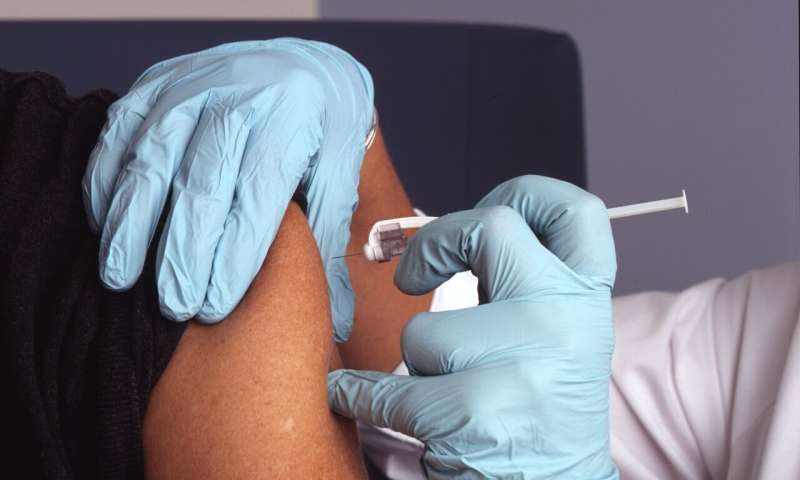Risks of Underprescribing Opioid Treatments and the Fentanyl Overdose Crisis

Underdosing buprenorphine in opioid use disorder treatment can lead to ongoing cravings and increased overdose risk, especially with the rise of fentanyl. Updated guidelines support higher doses for better outcomes.
Opioid addiction remains a significant public health challenge, especially with the infiltration of potent synthetic opioids like fentanyl into the illicit drug supply. A common issue in the treatment of opioid use disorder (OUD) is underdosing of medications such as buprenorphine, which can inadvertently increase the risk of overdose, including from fentanyl.
Consider Rosa, a patient who recently started buprenorphine therapy to combat her opioid use disorder. She initially found relief from withdrawal symptoms but continued to experience distressing dreams of fentanyl and daytime cravings. When she requested a higher dose, her clinician hesitated due to outdated guidelines and concerns about misuse. Eventually, she was increased from 16 to 24 milligrams of buprenorphine, a dose still within traditional recommendations.
Despite the dose increase, Rosa still experienced nightmares, prompting her to seek an even higher dose. This scenario illustrates a broader issue: many patients continue to struggle with cravings and withdrawal at standard prescribed doses. Research and clinical experience show that effective treatment often requires doses higher than the traditional target of 24 milligrams, with some patients benefiting from 32 milligrams or more.
The importance of appropriate dosing has become more evident as fentanyl dominates the unregulated drug supply. Fentanyl is fifty times more potent than heroin and can overwhelm the capacity of low-dose buprenorphine to prevent overdose. While buprenorphine offers partial receptor activation that can block euphoria and reduce overdose risk, insufficient dosing can leave patients vulnerable to relapse and accidental overdose.
Multiple studies dating back to 1999 indicate that higher doses of buprenorphine, up to at least 32 milligrams, can improve treatment retention, decrease illicit drug use, and reduce health complications such as hepatitis C. Higher doses also lead to greater receptor occupancy in the brain, which makes it easier for patients to stay abstinent. Notably, during pregnancy or in individuals with chronic pain or PTSD, higher doses may be necessary to achieve optimal effects.
Recent efforts have aimed to update dosing guidelines. In late 2023, the FDA convened experts and reviewed substantial evidence that doses above 24 milligrams provide significant benefits. Consequently, in 2024, the FDA recommended removing the outdated target dose language, acknowledging that higher doses are often justified based on individual response.
Treatment decisions should prioritize patient needs, aiming for doses that suppress withdrawal, block illicit opioids, reduce cravings, and support recovery. For many, especially those exposed to fentanyl or with co-occurring health issues, higher doses can be lifesaving. When standard doses are ineffective, clinicians might consider alternative approaches such as long-acting injections or transitioning to methadone.
The key takeaway is that fixed, outdated dosing limits can hinder effective treatment and increase overdose risk. The evolving evidence stresses the importance of personalized, flexible dosing strategies to combat the opioid overdose crisis effectively and save lives.
Stay Updated with Mia's Feed
Get the latest health & wellness insights delivered straight to your inbox.
Related Articles
New Insights into Distinguishing Benign and Cancerous Breast Calcifications
Innovative research uncovers structural differences between benign and cancerous breast calcifications, leading to improved diagnosis and potential new treatments.
WHO Confirms No Evidence of Harm from Vaccine Ingredient Opposed by US Panel
The World Health Organization affirms the safety of thimerosal, a vaccine preservative, amid recent US panel opposition. Extensive research shows no harm, reaffirming its vital role in global immunization efforts.
Breakthrough in Cancer Treatment: Experimental Drug Advances to Human Clinical Trials
Innovative compounds targeting the RAS gene pathway have advanced to human trials, showing promise for more effective and safer cancer treatments by selectively inhibiting tumor growth mechanisms.
SNAP Program Protects Children's Future Heart Health, Long-Term Study Shows
A groundbreaking study demonstrates that participation in SNAP during early childhood significantly reduces long-term heart disease risks, emphasizing the importance of food assistance programs for children's health.



